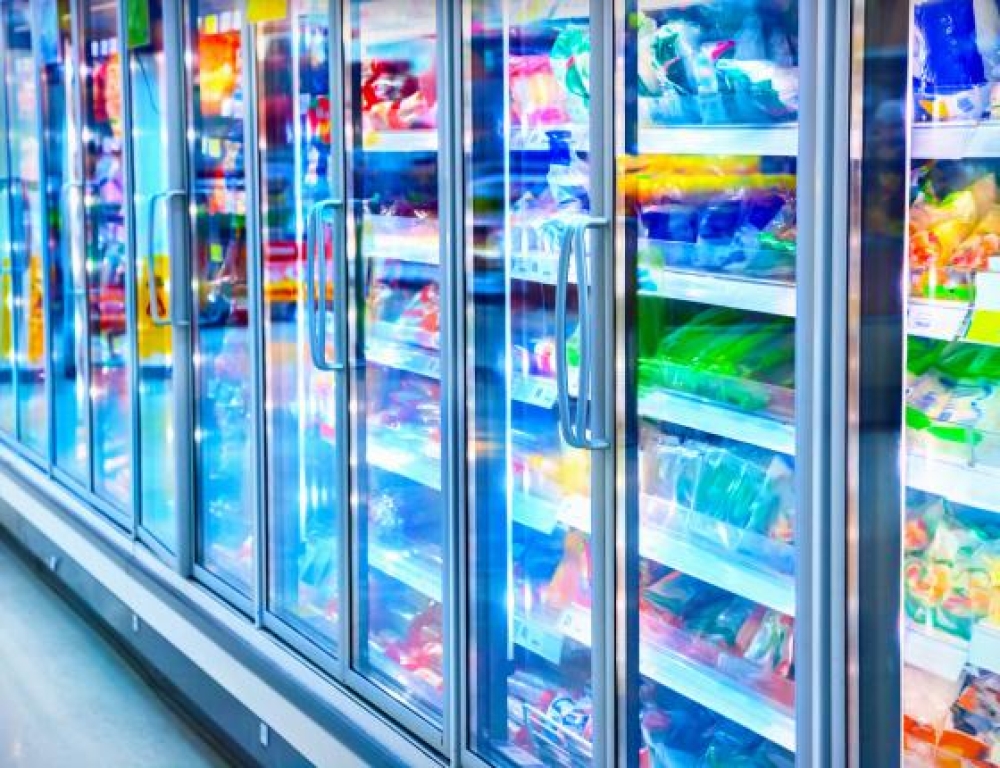CEE researchers recently published results from a field study of the most important energy efficiency options applicable to carbon dioxide (CO2) refrigeration systems in Minnesota’s grocery stores. Findings were published in a report titled, “Optimizing the New Generation of Grocery Refrigeration Equipment.” The research was funded by the Minnesota Department of Commerce, Division of Energy Resources, through the Conservation Applied Research and Development program, with co-funding from project partners and from CEE in support of its nonprofit mission.
The project sought to gather information about the most important energy efficiency options applicable to CO2 refrigeration systems in Minnesota’s grocery stores. Transcritical CO2 refrigeration systems (now commonly referred to as simply CO2 refrigeration systems) have emerged as a popular option for new grocery store refrigeration systems in the U.S. generally, and specifically in Minnesota. The baseline designs of these new CO2 systems are generally expected to provide annual energy savings in cold climates, but with the trade-off of having moderately to significantly higher peak power demands in hot weather.
To provide Energy Optimization and Conservation (ECO) program decision-makers with the key information needed to develop the most effective programs possible for CO2 refrigeration systems, the project team conducted a market and technology assessment, followed by field-testing at three sites and a subsequent market check-in with key contacts near the end of the study. During the market assessment, the team identified three highest priority measures that provide savings opportunities in CO2 refrigeration systems that have not yet been addressed by Minnesota’s utility programs.
Research highlights
-
The three key CO2 system components identified were adiabatic gas coolers, FTE/flooded evaporators, and mechanical subcooling.
-
The team verified energy and demand savings for all three technologies.
-
FTE/flooded evaporators had about double the annual energy savings of the other two measures, but half their summer demand savings.
-
Lowering the adiabatic gas cooler's wet-dry switchover point from 75°F to 55°F tripled the annual energy savings achieved.
Project team
Russ Landry, PE, senior research engineer
Related Links
Final Report: Optimizing the New Generation of Grocery Refrigeration Equipment
ABOUT CEE
CEE seeks a healthy, carbon-neutral economy that works for all people. A 501(c)(3) clean energy nonprofit with nearly 40 years' experience in energy efficiency, we align our strategies behind technical research, program development and implementation, community engagement, policy advocacy, and project financing. Working across homes, businesses, and communities, CEE discovers and deploys the most effective energy solutions to improve the environment and strengthen the economy for everyone.
Media contact: Tim Hanrahan, thanrahan@mncee.org
